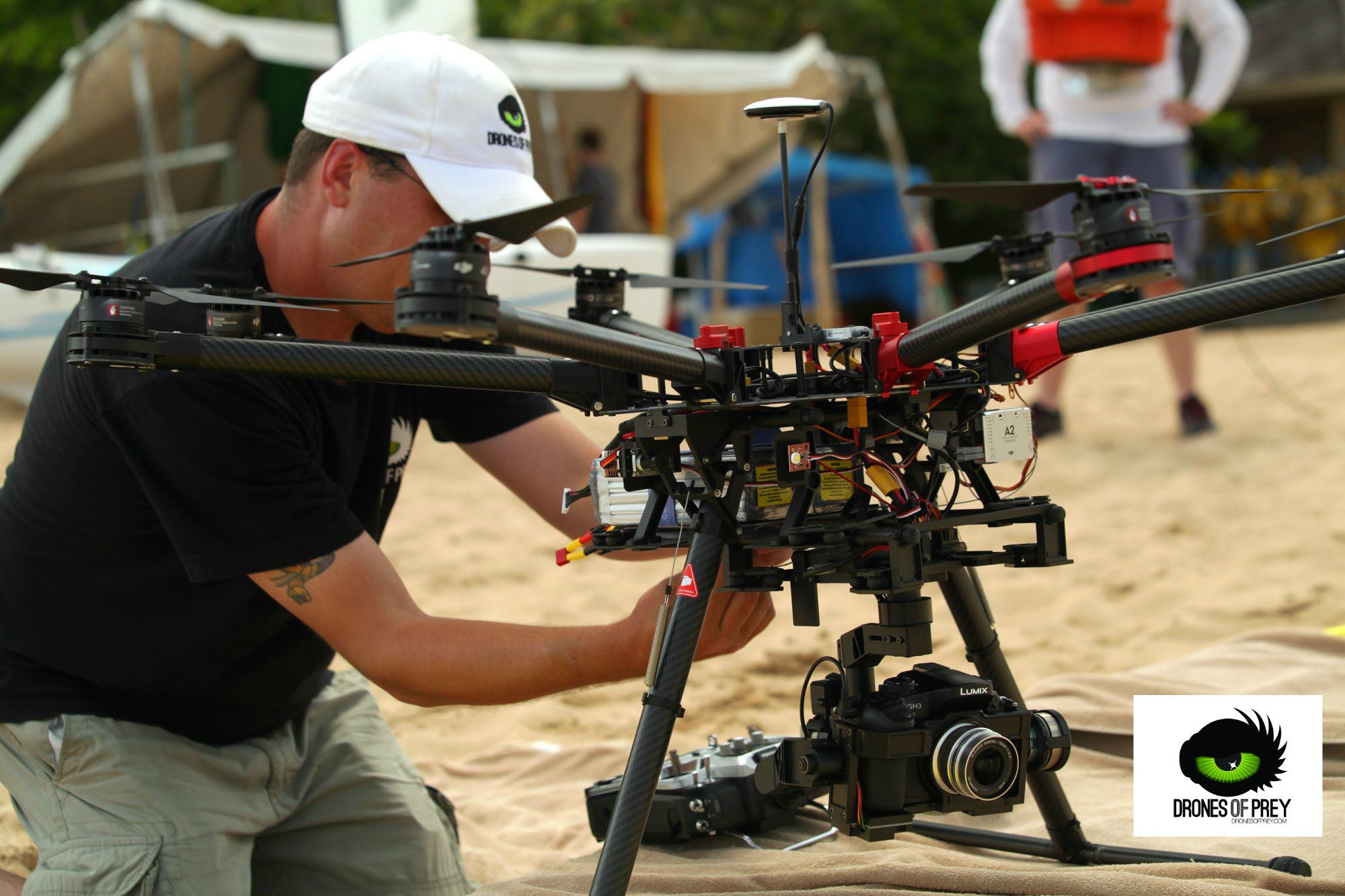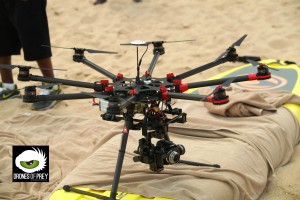The art of gimbal operations
If you are looking for a more cinematic shot, using the locked off camera and looking straight out of the nose rarely is not typically the look you will want. A locked off camera in any orientation should only be used a small percentage of the time. Unfortunately, it’s used far too often, for whatever reason, perhaps a lack of a second person skilled in the art of gimbal operations. There is of course, a time and place for stationary gimbals but I like to keep that to a minimum.
Go after the money shot
Flying the gimbal correctly can determine whether your shot is framed but also whether you’re delivering money shots on every shot. Communication between drone pilot and camera operator is huge. It’s best if each flight path chosen is discussed with the camera operator prior to it happening. Also, have your camera operator fly the shot from the start of the flight to the finish. Once “the shot” has been completed you should never stop framing until the aircraft lands. Sometimes the money shot happens when you least expect it.
Getting into parallax motion
We at Drones of Prey love parallax motion. If the aircraft is climbing, consider tilting the camera down to match the speed of the climb. Similarly, if you are descending, tilt up and the same goes with sliding left and right. You can counter that with opposite pans. If the drone is climbing and sliding right, the gimbal should be tilting down and panning left keeping the subject matter framed.
Hopefully these have assisted you as these are just some of the basic things I instill in all of my camera operators. Always remember that as drone aerial video providers, we should all develop our own unique drone pilot and camera style. Should you have any questions about the techniques explained here, please comment below or contact us as we are always happy to help.



Admiring the persistence you put into your website and detailed information you provide.
It’s great to come across a blog every once in a while
that isn’t the same unwanted rehashed information. Excellent
read! I’ve saved your site and I’m adding your RSS feeds to my Google account.
Thank you very much!
Keep your camera moving in one direction, keep it slow and only make minor adjustments. No matter how great your camera, quadcopter or gimbal setup is, you ll have to learn how to master the art of aerial videography finesse.